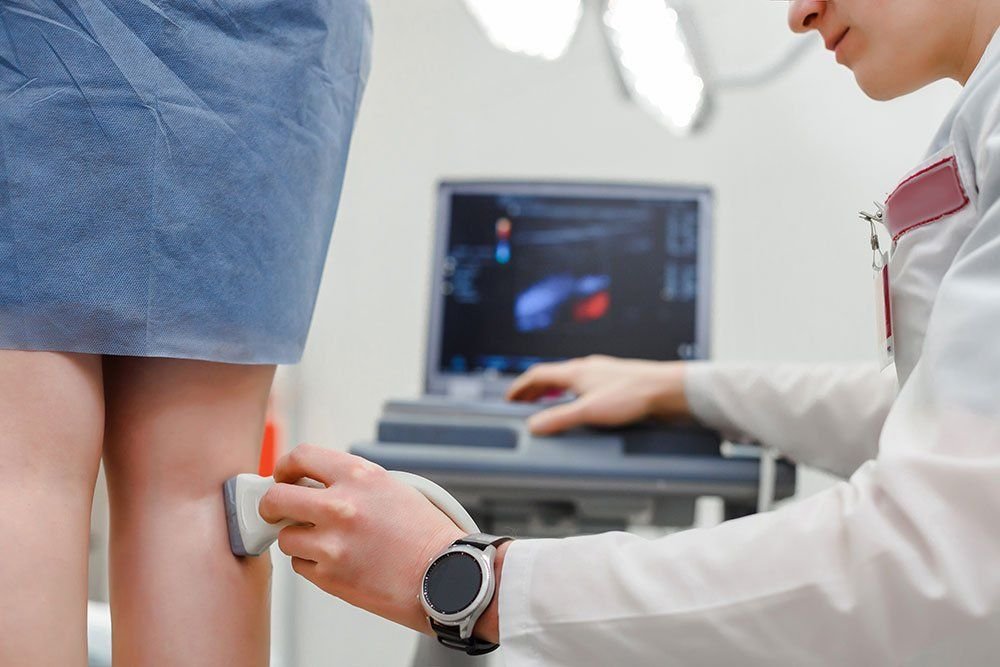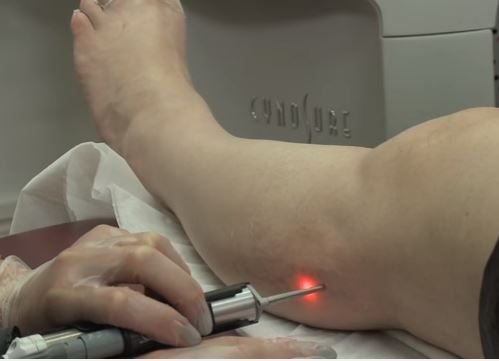Chronic venous insufficiency and visible vein conditions like varicose and spider veins are more than cosmetic concerns—they often signal underlying vascular issues that require medical attention. Fortunately, modern vein treatment options have evolved to offer minimally invasive solutions with high success rates and quick recovery times. Among the most effective are endovenous laser therapy (EVLT), radiofrequency ablation (RFA), and sclerotherapy. Understanding their advantages can help patients make informed decisions and seek care before symptoms worsen.
Laser Vein Treatment and Its Clinical Effectiveness
Endovenous laser therapy has become a cornerstone in contemporary vascular care due to its precision and reduced patient downtime. This method uses targeted laser energy to close off problematic veins, rerouting blood flow to healthier vessels. For patients dealing with significant venous reflux or bulging varicosities, EVLT offers a reliable, non-surgical approach.
The procedure is typically performed under local anesthesia and completed in less than an hour. Most patients return to normal activities within a day or two, with minimal discomfort. The absence of large incisions significantly reduces the risk of infection or scarring, making laser therapy an appealing choice for individuals seeking both medical and cosmetic improvements.
How Radiofrequency Ablation Improves Venous Circulation
Radiofrequency ablation operates on a similar principle to laser therapy but uses heat generated from radio waves to collapse faulty veins. It’s often chosen for treating larger or deeper veins and is especially effective in relieving symptoms such as leg heaviness, swelling, and nighttime cramps.
One of the key advantages of RFA lies in its ability to deliver controlled energy along the vein walls, ensuring uniform closure without damaging surrounding tissues. Studies have shown that RFA leads to excellent long-term outcomes, with reduced rates of recurrence when compared to older surgical methods like vein stripping. This makes it a preferred technique for patients seeking a durable solution to chronic venous issues.
Sclerotherapy for Treating Spider Veins and Small Varicosities
While laser and radiofrequency treatments are ideal for larger veins, sclerotherapy remains the gold standard for small varicose and spider veins. It involves the injection of a specialized solution directly into the affected vessels, causing them to collapse and gradually fade from view.
Unlike surface laser treatments, which may require multiple sessions and be less effective for certain vein types, sclerotherapy is highly targeted and typically yields noticeable results after just one or two treatments. Patients often choose this option for its aesthetic benefits, but it also plays a vital role in preventing the progression of venous insufficiency eliminating nonfunctional vessels.
Choosing the Right Option for Your Vein Health
The decision between laser, radiofrequency, or sclerotherapy depends on several factors, including the size and location of the veins, the presence of venous reflux, and individual health goals. A comprehensive evaluation a vein specialist—including duplex ultrasound imaging—ensures an accurate diagnosis and a personalized treatment plan.
Minimally invasive techniques have drastically changed the way vein disease is managed. They not only relieve symptoms but also improve quality of life and restore confidence in appearance. Whether you’re managing chronic swelling or simply tired of concealing visible veins, today’s technology offers effective and low-risk options.
To explore personalized care and learn more about available procedures, visit this trusted clinic offering advanced vein treatment options in Orange County.




